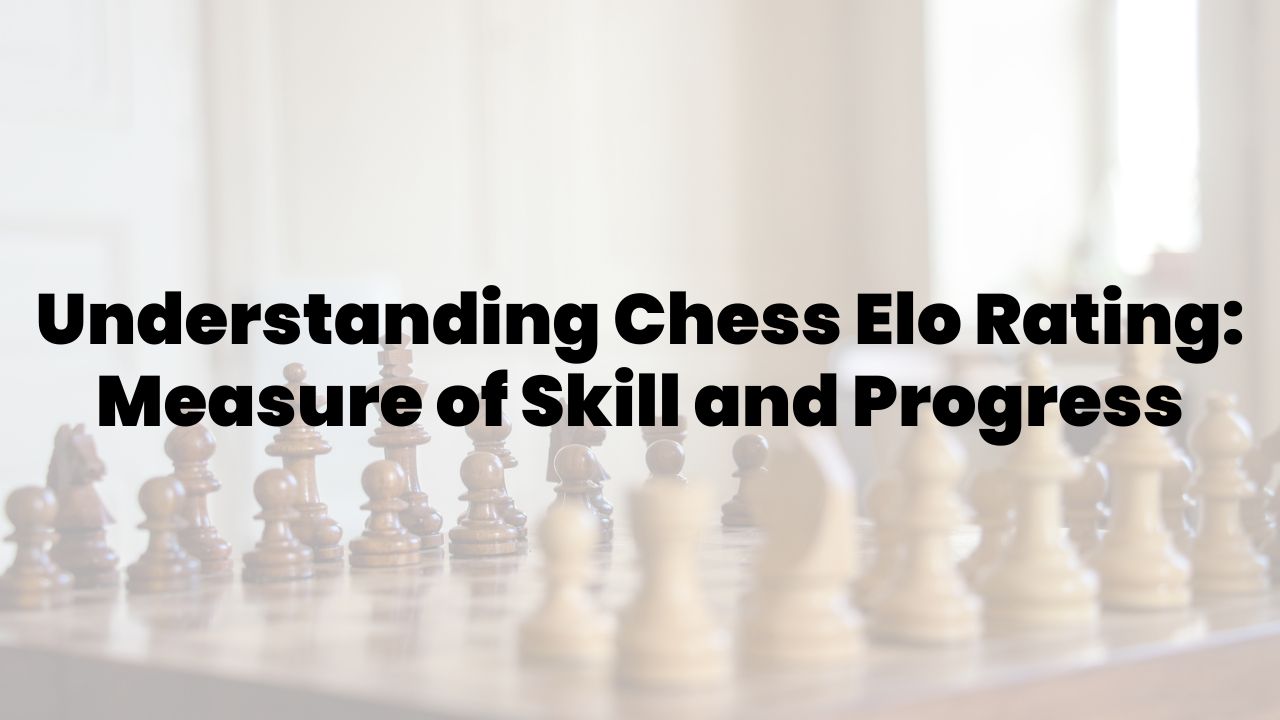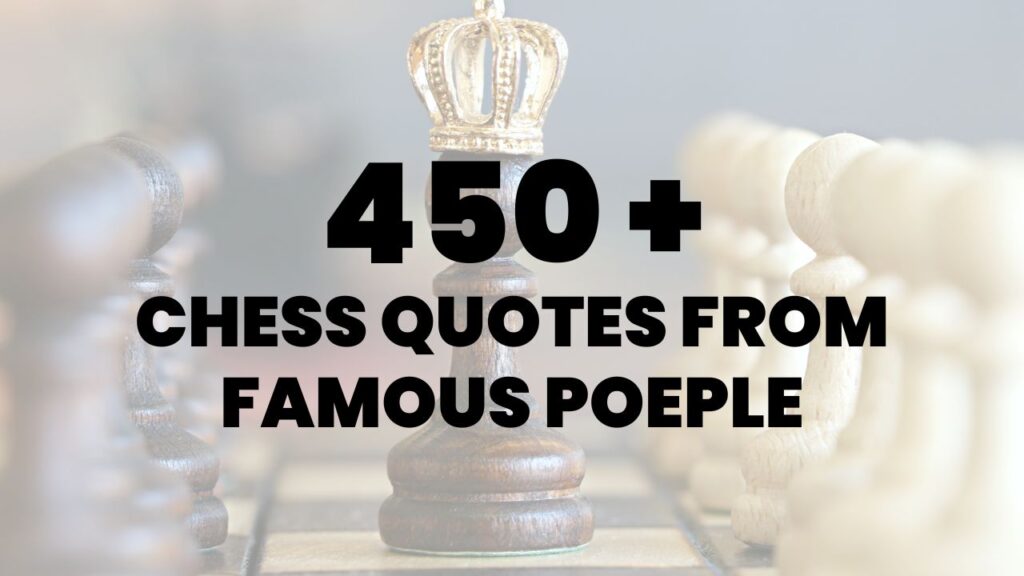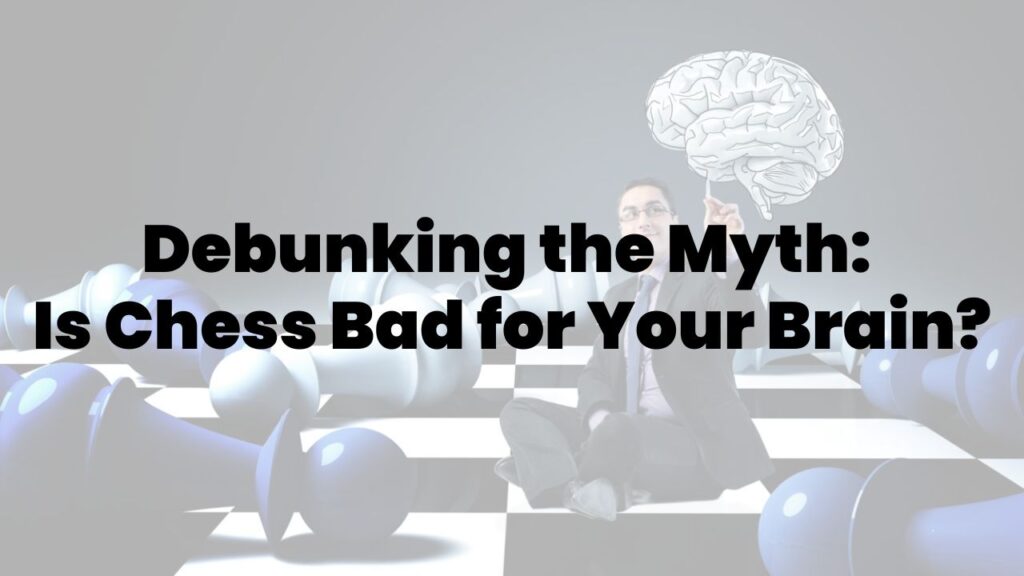Understanding Chess Elo Rating: Measure of Skill and Progress
Chess is not just a game; it’s a pursuit of skill and intellectual growth. As players, we strive to improve and measure our progress along the way. One popular and widely used method for evaluating chess skill is the Elo rating system. In this blog post, we will explore the concept of the chess Elo rating, understand how it works, and uncover strategies to enhance your own rating. Whether you’re a beginner looking to understand the system or an experienced player aiming for the next milestone, this guide will provide valuable insights into the world of chess Elo.
1. What is the Elo Rating System?
The Elo rating system is a method used to calculate the relative skill levels of chess players. It was developed by Arpad Elo, a Hungarian-American physics professor and chess player, and has since been adopted in various competitive games and sports. The system assigns numerical ratings to players based on their performance and adjusts those ratings after each game based on the expected outcome and the actual result.
2. The Origins and Evolution of Elo in Chess
The Elo rating system was first implemented in chess in the early 1970s. It was introduced to provide a standardized and objective way to compare players’ abilities and facilitate fair match-ups. Over the years, the Elo system has evolved and been refined to incorporate factors such as rating floors, time controls, and performance calculations.
3. How Does the Elo Rating System Work?
The Elo rating system works by assigning an initial rating to each player. When two players compete, the expected outcome of the game is determined based on their respective ratings. If a player performs better than expected (wins against a higher-rated opponent or draws against a stronger player), their rating increases. Conversely, if a player performs worse than expected (loses against a lower-rated opponent or draws against a weaker player), their rating decreases. The magnitude of the rating change depends on the rating difference between the players and the k-factor, which determines the sensitivity of rating adjustments.
4. Interpreting Elo Ratings: Understanding the Numbers
Elo ratings are typically expressed as a numerical value. The higher the rating, the stronger the player is considered to be. For example, a player with a rating of 2000 is generally stronger than a player with a rating of 1800. The rating difference between two players can be used to estimate the expected probability of each player winning a game.
5. Calculating Elo Changes: Expected Results and Rating Updates
The Elo system calculates the expected result of a game using a mathematical formula that takes into account the ratings of the two players. After the game, the actual result (win, loss, or draw) is compared to the expected result. Based on this comparison, the ratings of the players are adjusted accordingly. The magnitude of the rating change is influenced by the k-factor, which varies based on factors such as rating uncertainty and the player’s activity.
6. FIDE Elo vs. Online Chess Ratings: Similarities and Differences
FIDE Elo is the official rating system used by the World Chess Federation (FIDE) for over-the-board tournaments. Online chess platforms also use rating systems, but they may have slight variations in their calculation methods and rating scales. While the underlying principles of the Elo system remain the same, the specific implementation can differ between FIDE Elo and online ratings.
7. Elo Rating Ranges: Categories and Classifications
Elo ratings are often divided into categories to provide a general classification of a player’s skill level. The specific ranges may vary, but common categories include beginner (below 1200), intermediate (1200-1600), advanced (1600-2000), and expert (2000 and above). These ranges are not fixed and can vary depending on the rating pool and the specific classification system used.
8. Rating Inflation and Deflation: Factors Affecting Chess Elo
Rating inflation refers to a gradual increase in the average rating of players over time, making higher ratings more common. This can occur due to various factors, such as changes in player skill levels, rating systems adjustments, or an increase in the number of tournaments. Rating deflation, on the other hand, refers to the opposite phenomenon. These fluctuations in rating levels are monitored and addressed by adjusting the rating calculation parameters.
9. Improving Your Chess Elo: Strategies and Tips:
Improving your chess Elo involves studying and learning chess theory, analyzing your games for mistakes, and playing regularly to gain experience and enhance decision-making skills. Practice tactical puzzles to sharpen your calculation abilities and build a repertoire of openings that align with your style. Develop strong visualization skills and seek guidance from coaches or experienced players. Focus on mastering endgame techniques and challenge yourself by playing against stronger opponents. Maintaining a positive mindset, learning from losses, and embracing the learning process are also vital. With these strategies and tips, you can make steady progress and improve your chess Elo rating.
10. Tournament Performance and Elo Rating Changes:
In the Elo rating system, your performance in tournaments directly affects your Elo rating. If you perform better than expected (win against higher-rated opponents or achieve higher results), your rating will increase. Conversely, if your performance is below expectations (lose against lower-rated opponents or achieve lower results), your rating will decrease. The magnitude of rating changes depends on factors such as the rating difference between you and your opponents and the k-factor, which determines the sensitivity of rating adjustments. Consistent strong performances in tournaments are crucial for continuous Elo rating improvement.
Conclusion:
Chess Elo ratings serve as a benchmark for skill measurement and progress tracking in the chess community. Understanding the Elo system provides valuable insights into your strengths and weaknesses as a player. By actively analyzing your games, seeking improvement through training and coaching, and maintaining a healthy mindset, you can steadily enhance your Elo rating and achieve new milestones. Remember, chess is a journey of continual growth, and the Elo rating system is a tool to help you navigate that path. Embrace the challenges, enjoy the process, and watch your chess Elo soar to new heights.




